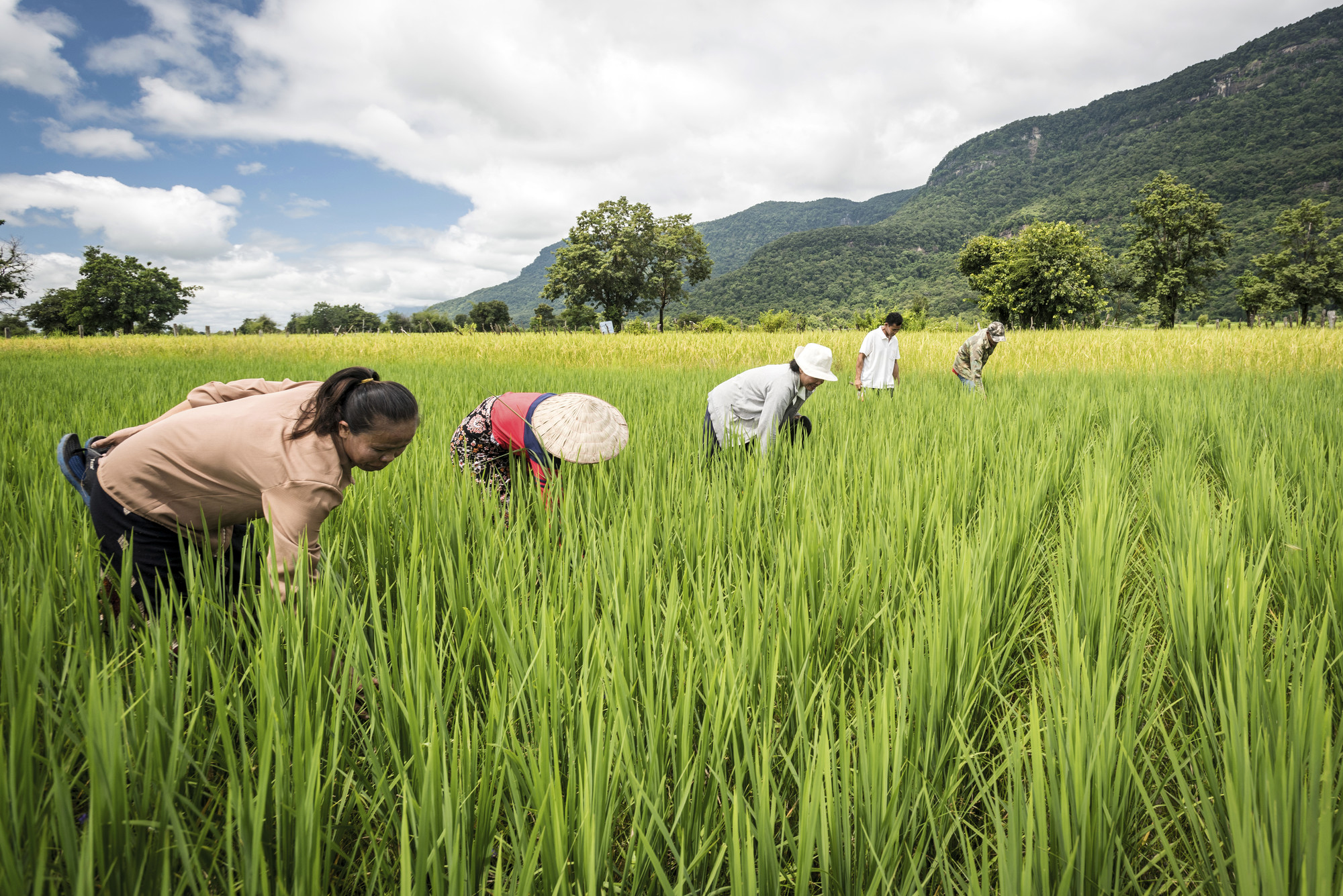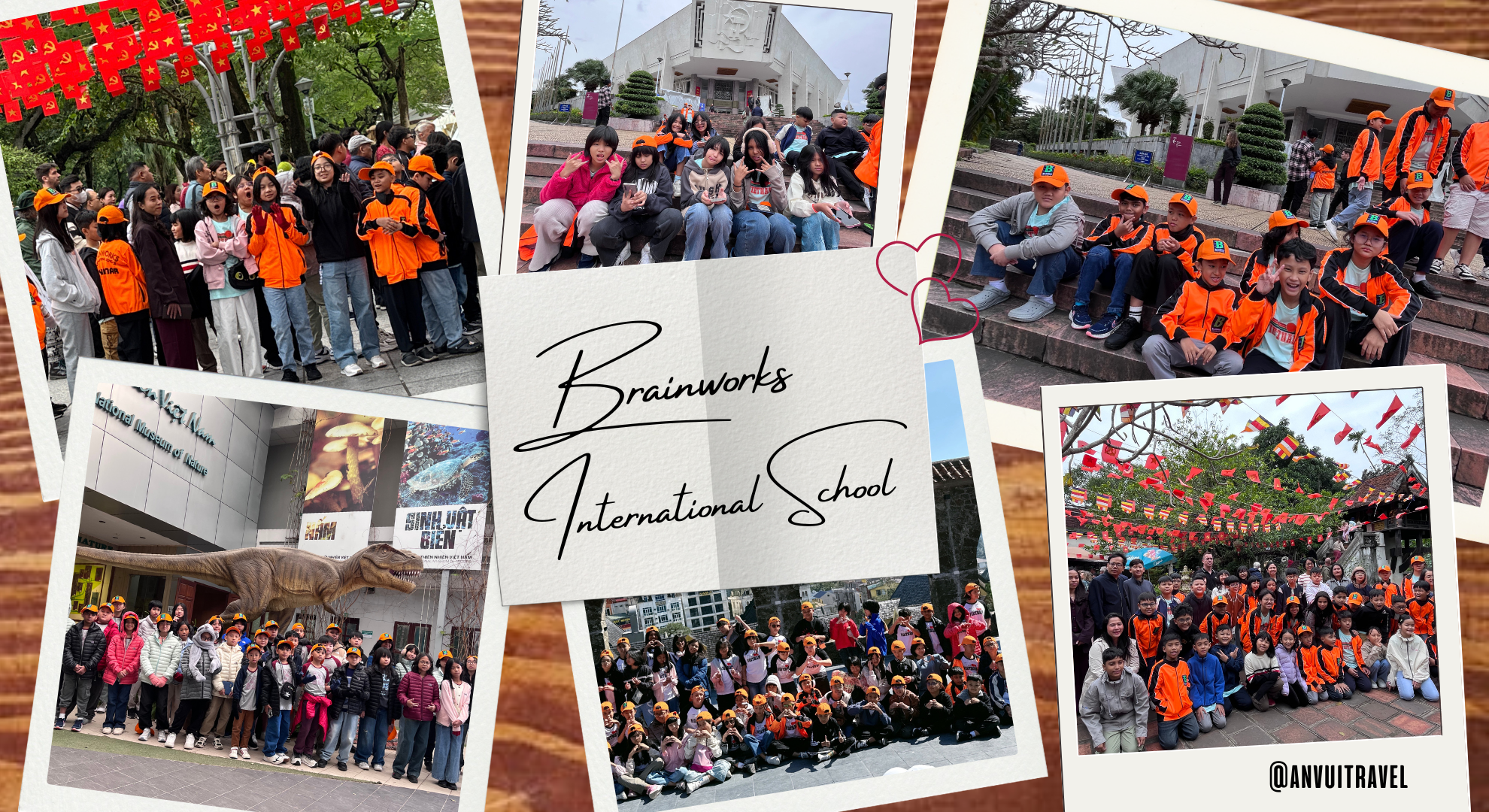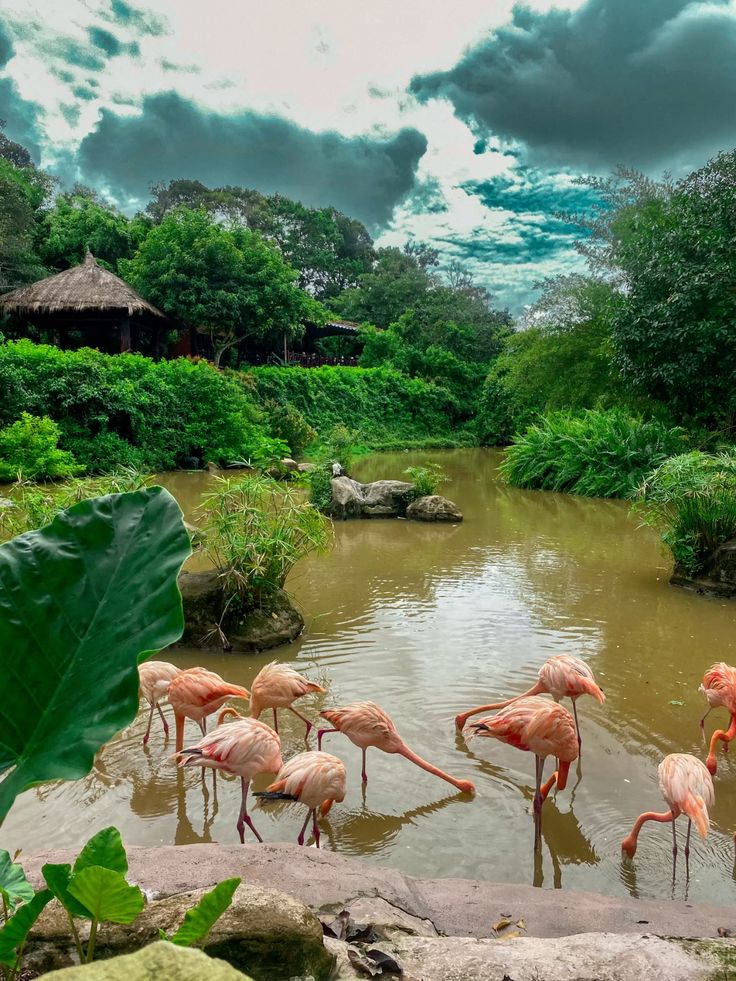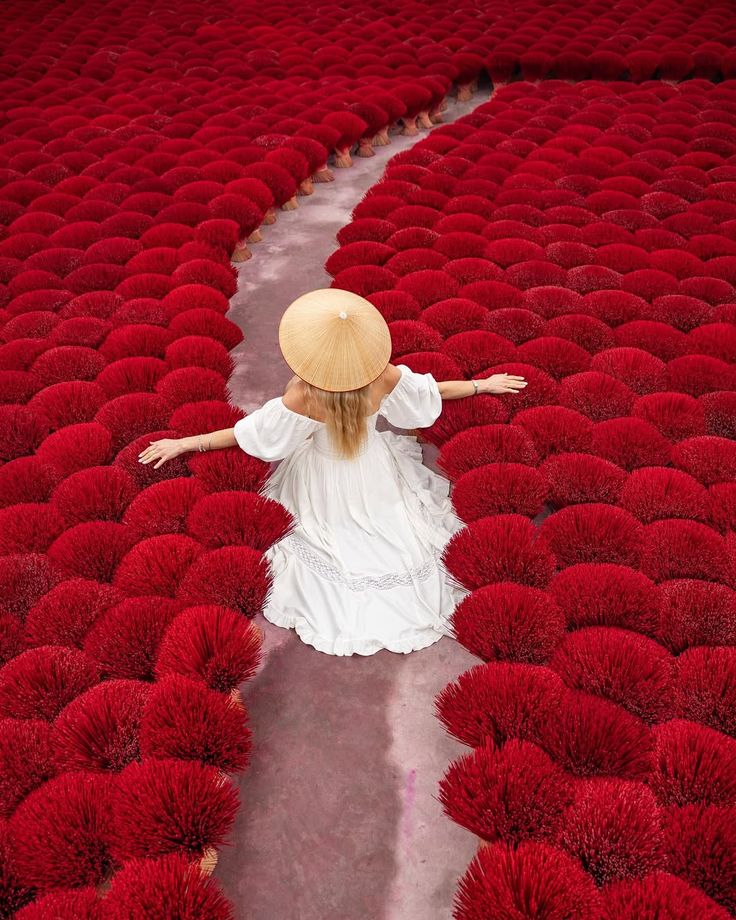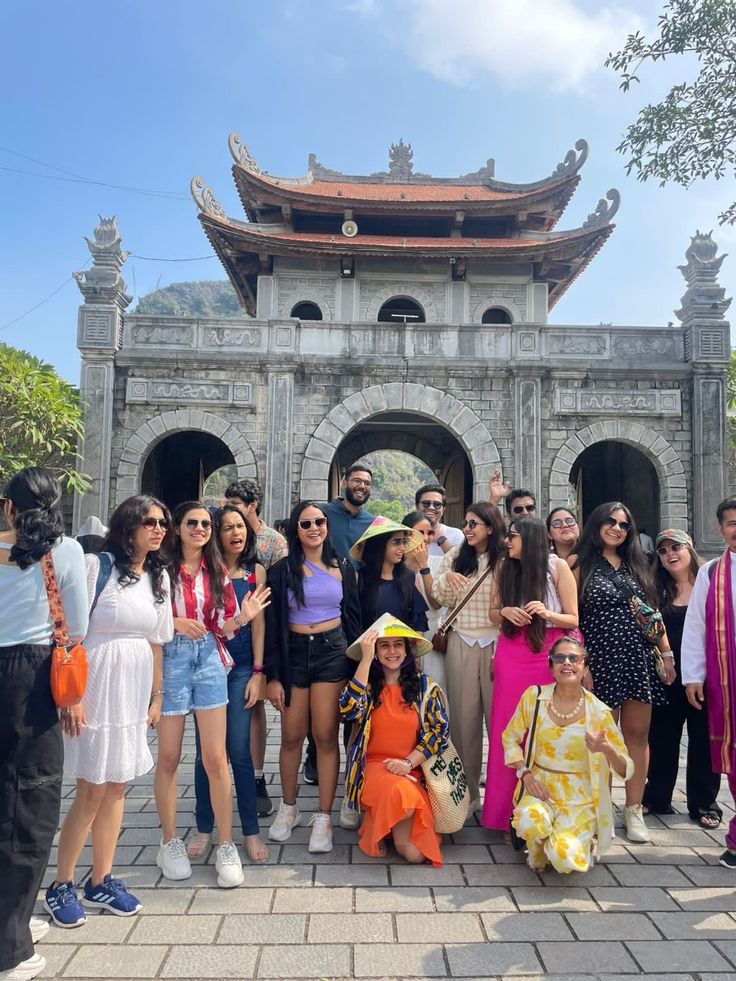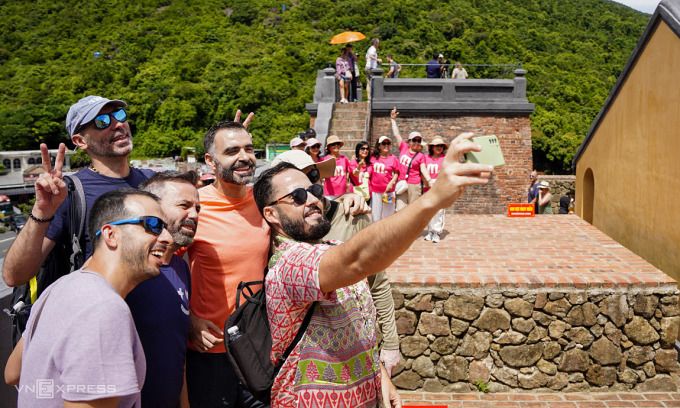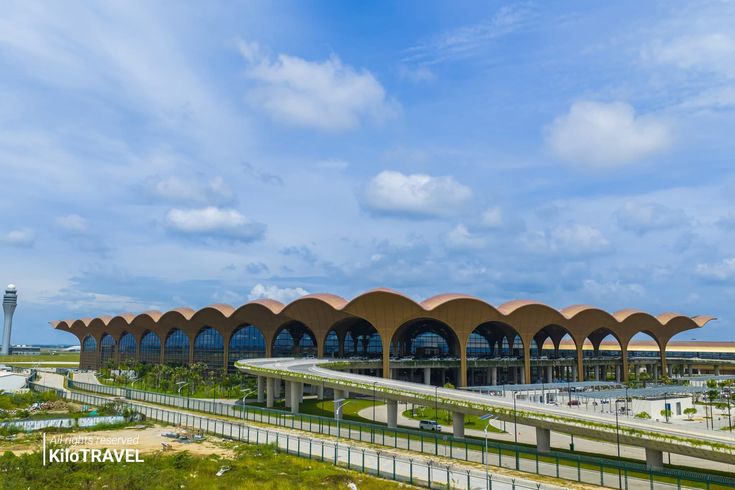Sticky rice, known as “khao niao” in Laos, is more than just a staple food—it’s a cultural cornerstone that embodies the traditions, identity, and everyday life of the Lao people. Unlike other rice varieties, sticky rice has a unique texture that allows it to be easily molded and eaten by hand, fostering a communal dining experience. This simple yet profound culinary treasure has shaped Lao cuisine for generations, playing a crucial role in everything from daily meals to grand celebrations. Here’s why sticky rice remains the soul of Lao gastronomy.
1. A CULINARY TRADITION PASSED DOWN THROUGH GENERATIONS
Sticky rice isn’t just food; it’s a legacy passed from one generation to the next. The traditional method of preparing sticky rice involves soaking the grains, steaming them in handcrafted bamboo baskets, and serving them in woven containers. This process is deeply ingrained in Lao households, where elders teach younger generations the art of preparing sticky rice to perfection. The rituals surrounding its preparation reinforce the bond between families and preserve the culinary heritage of Laos.
Sticky rice
2. THE FOUNDATION OF LAO FLAVORS
Sticky rice serves as the foundation for almost every meal in Laos. Its neutral, slightly sweet flavor makes it the perfect companion to bold and aromatic dishes such as laap (minced meat salad), tam mak hoong (spicy papaya salad), and ping gai (grilled chicken).
Sticky Rice with minced meat
Unlike steamed rice, sticky rice is meant to be rolled into small portions and dipped into sauces or scooped alongside flavorful entrees, enhancing the dining experience. Its versatile nature ensures that it seamlessly complements the rich and complex flavors of Lao cuisine.
3. AN ESSENTIAL PART OF RITUALS AND CELEBRATIONS
Beyond its culinary role, sticky rice is central to spiritual and religious practices in Laos. It is often presented as an offering to monks during morning alms-giving rituals, a tradition that symbolizes generosity and merit-making.
Sticky rice is an essential part of rituals and celebrations
Sticky rice is also a key element in festivals and ceremonies, where it is incorporated into traditional dishes and shared among loved ones. Its presence in such events reflects the deep connection between food and spirituality in Lao culture.
4. THE BACKBONE OF LAO AGRICULTURE AND ECONOMY
Sticky rice is more than just a staple—it supports the livelihoods of countless Lao farmers. Rice paddies dominate the landscape, providing employment and sustenance for communities throughout the country. Farmers use traditional techniques to cultivate glutinous rice, ensuring sustainability and a continued connection to the land.
Lao farmers
The importance of sticky rice in Lao agriculture underscores its significance beyond the dining table, highlighting its role in shaping the economic and social fabric of the nation.
5. A SYMBOL OF TOGETHERNESS AND HOSPIALITY
In Lao culture, meals are meant to be shared, and sticky rice plays a crucial role in bringing people together. Whether in bustling markets or family homes, diners sit in circles, eating from communal plates and enjoying the tactile experience of handling sticky rice. This act of sharing reinforces social bonds and expresses hospitality, making every meal a moment of connection. Even with the influence of globalization, sticky rice remains an unwavering symbol of unity and tradition in Lao society.
Sticky rice
Sticky rice is not just a staple in Laos—it’s an identity, a tradition, and a cherished symbol of cultural pride. From the hands of farmers to family dinner tables, this humble grain continues to nourish the bodies and hearts of the Lao people. Whether eaten in a rural village or a bustling city, sticky rice remains at the center of Lao cuisine, embodying the rich heritage and warm communal spirit of the nation.
Anvui hopes that the knowledge shared above will be useful to you. Don’t forget to visit Anvui Travel’s YouTube channel to see wonderful travel moments. Customers are looking for a professional, affordable tour operator. Don’t hesitate to contact Anvui De Voyage via info@anvuitravel.com or (Hotline): +84 912 683 908!
#StickyRice #LaoCuisine #CultureAndFood #TasteOfLaos #KhaoNiao #anvuitravel #traveltolaos #tourtolaos #golaos #laostour #laosvisa #travelagent #laostravelagent #vietnamdmc #travelagentinlaos #laoslocaldmc #localdmc #localdmclaos #laostravelexperts #Localdestinationspecialists #laosculturaltours #Customizedtourpackages #Tailormadetravelitineraries #Fullservicetravelprovider #Onestoptravelsolution #Localtouroperator #TrustedDMCpartner #Reliabletouroperations #Sustainabletourismlaos #Responsibletourism #Community-focusedtourism #laosluxurytravel #B2Btravelpartnerships #Travelagencypartnerships #Licensedtouroperatorslaos #Competitiveratesforagents #Cost-effectiveDMCservices #Localsupportforinternationalagents

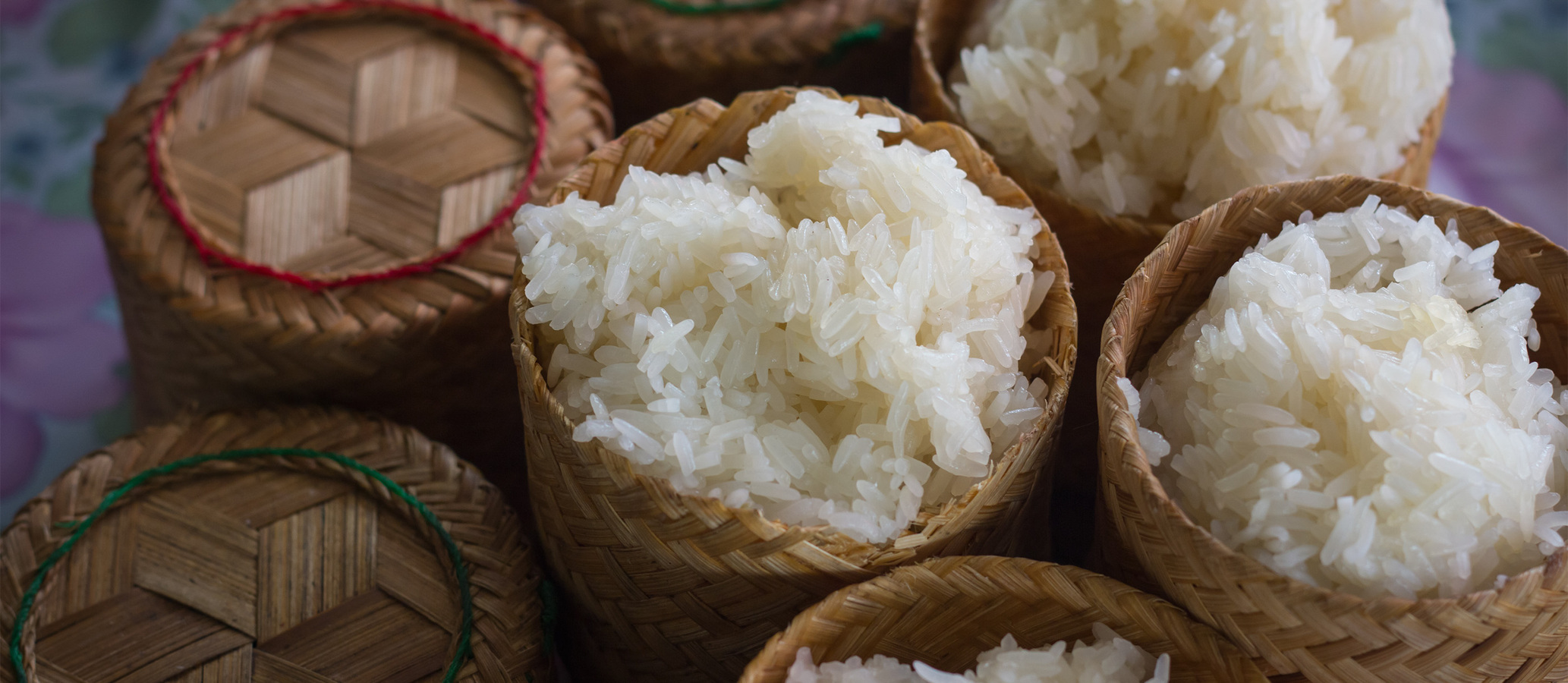
:max_bytes(150000):strip_icc()/__opt__aboutcom__coeus__resources__content_migration__serious_eats__seriouseats.com__2019__04__20190416-pork-shoulder-vicky-wasik-64-8da9630e1b6e4341b530888c73100d90.jpg)


